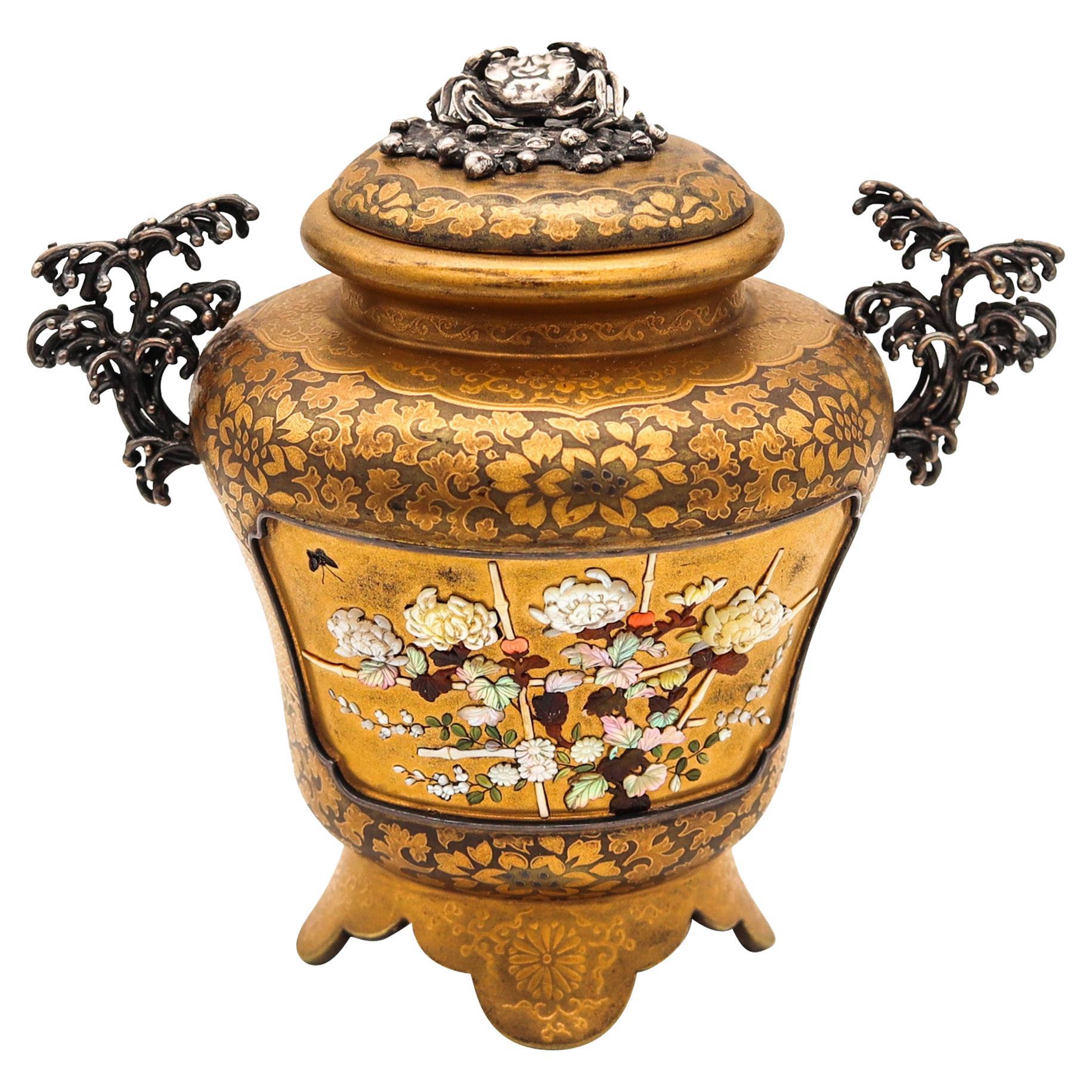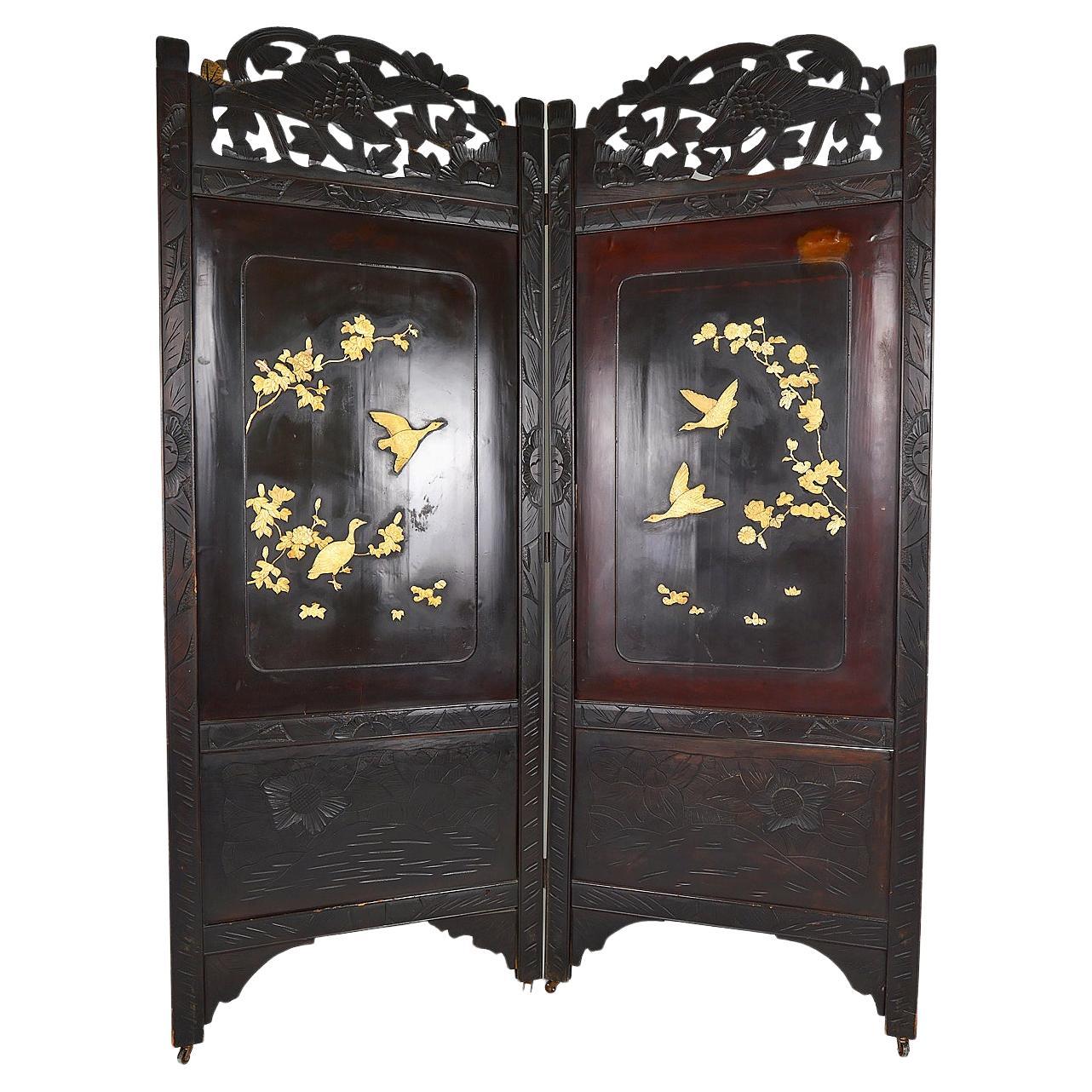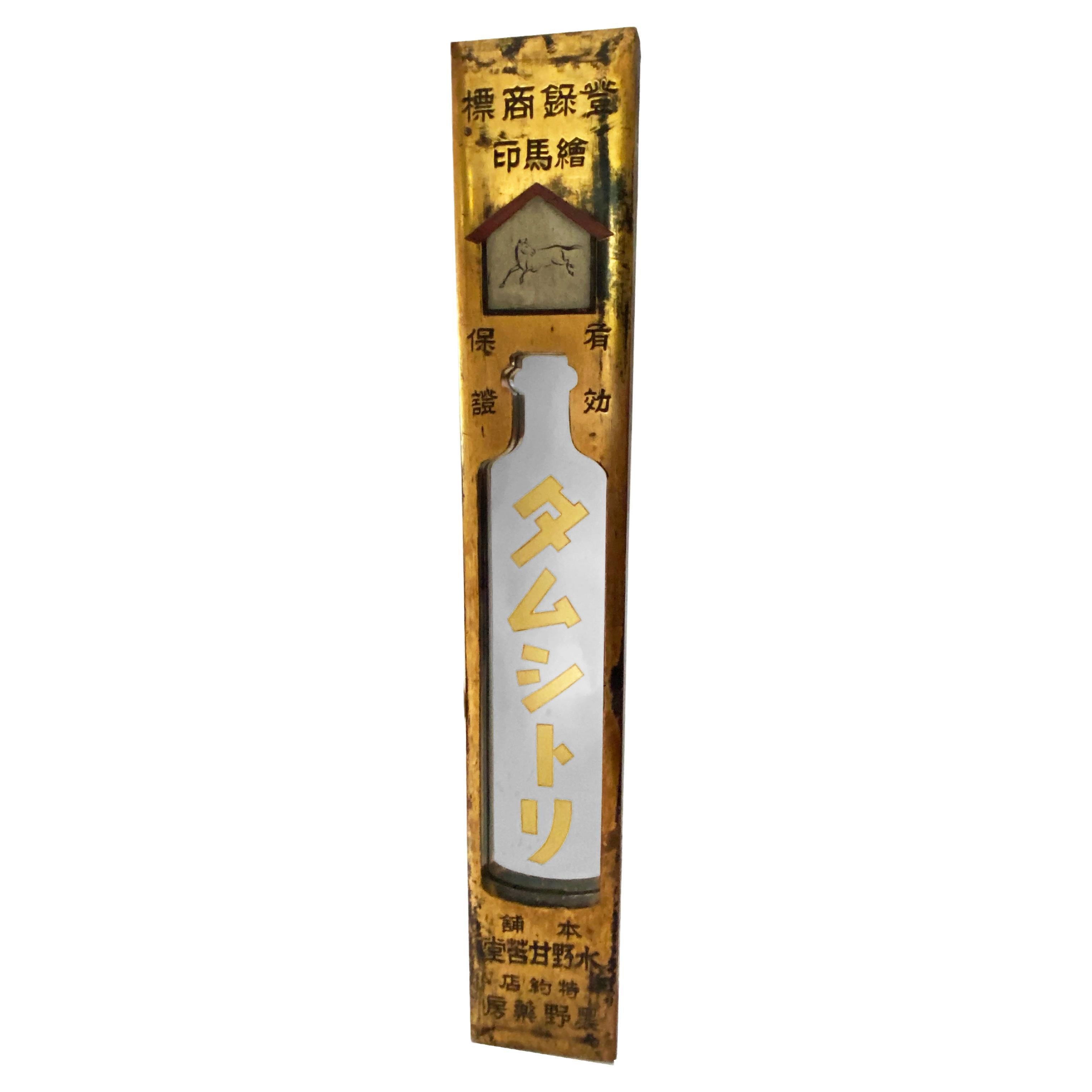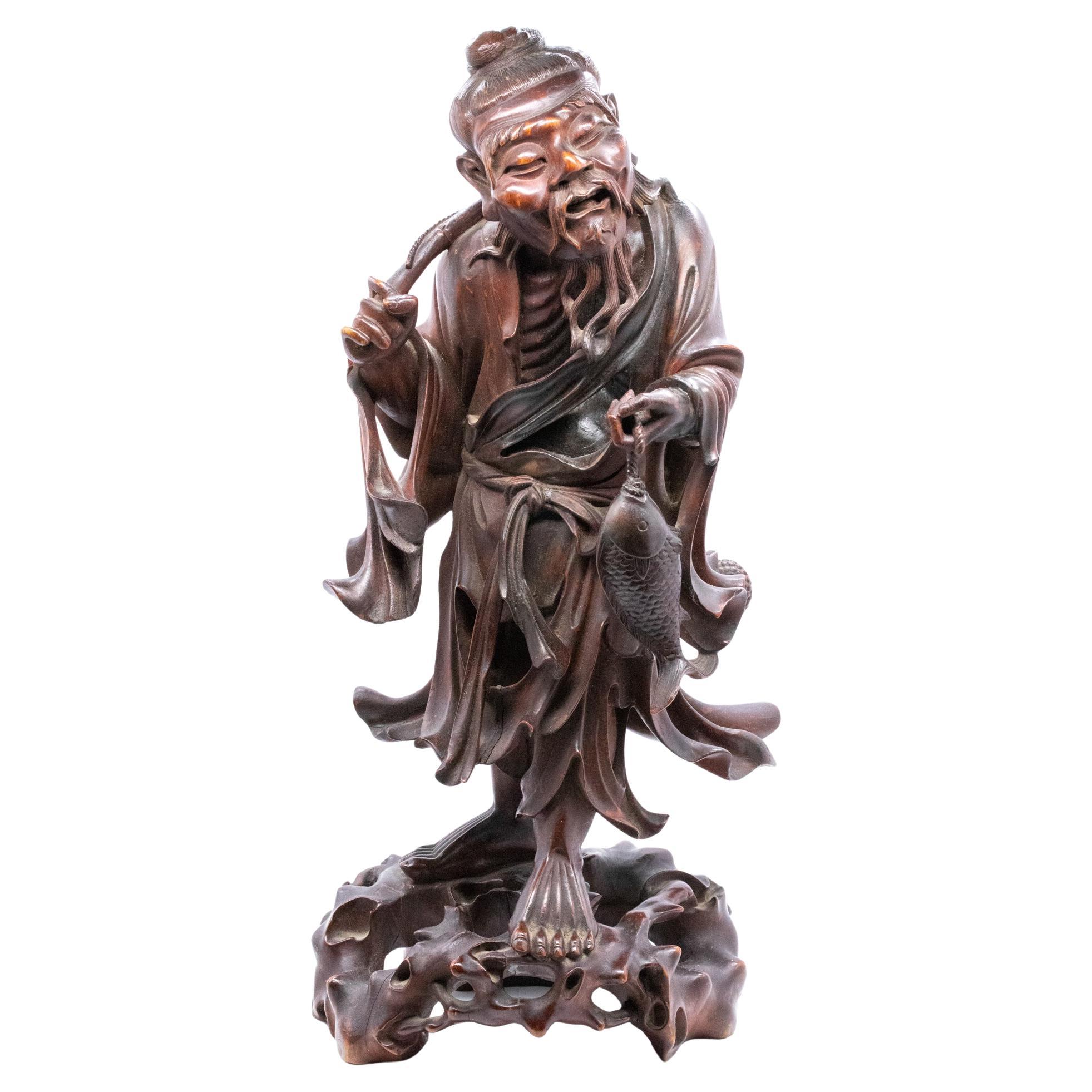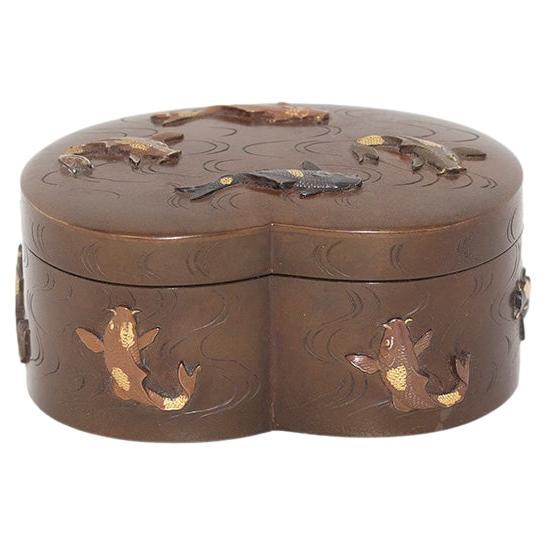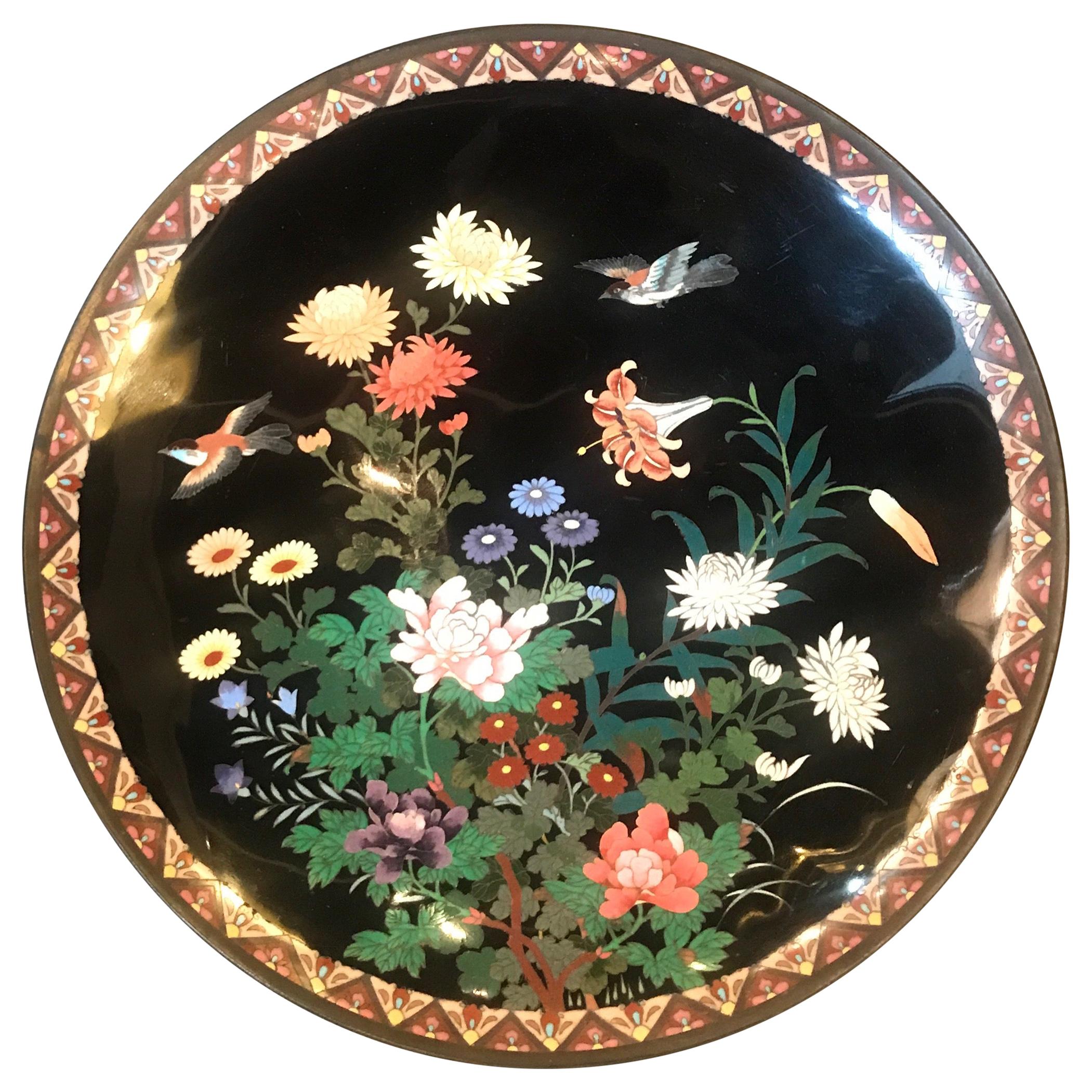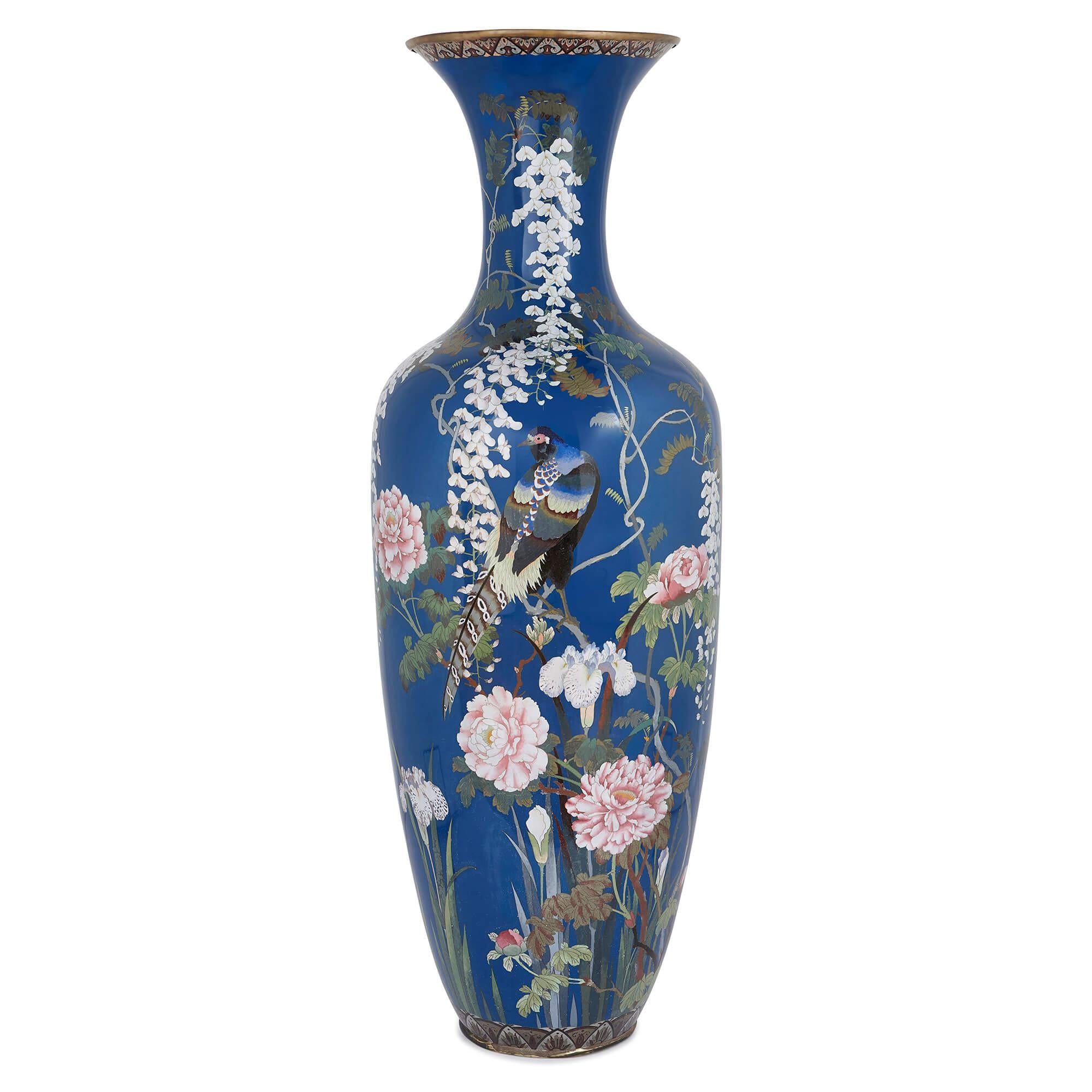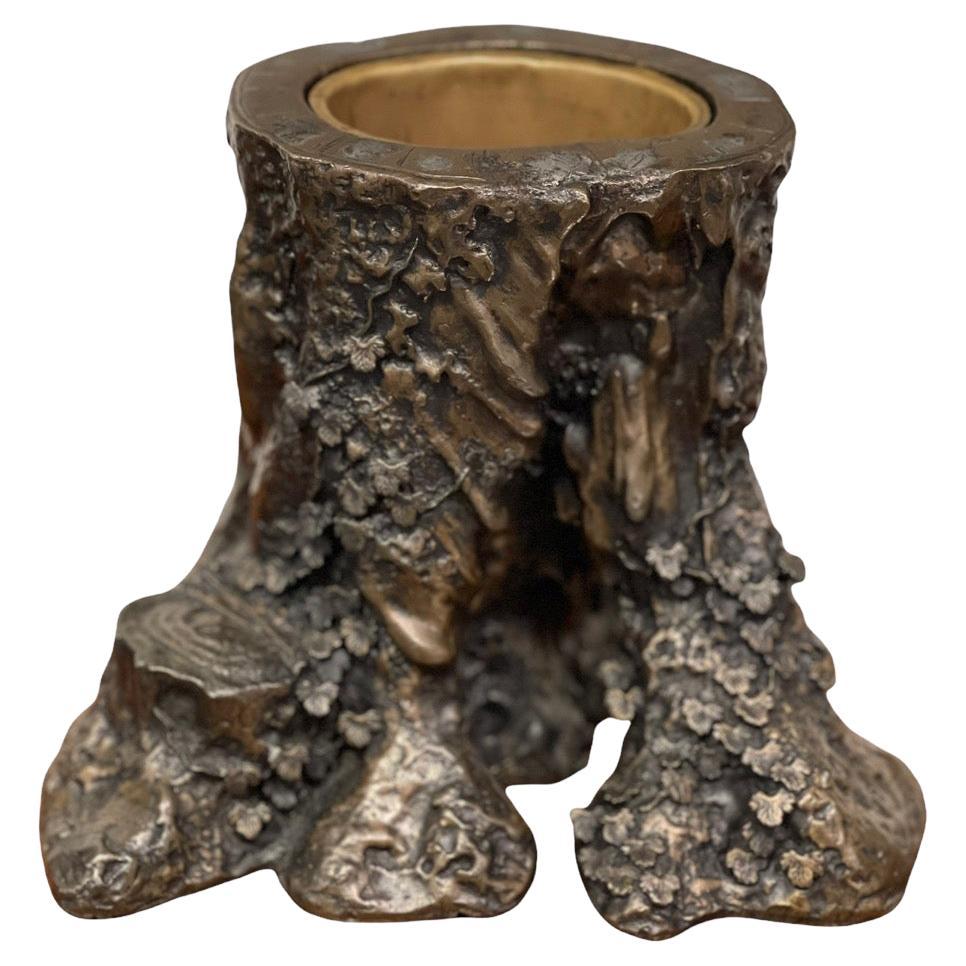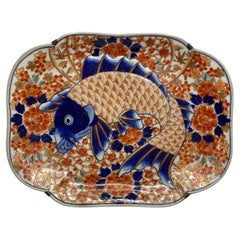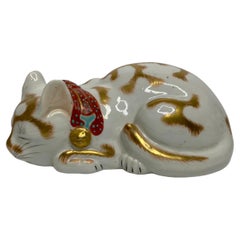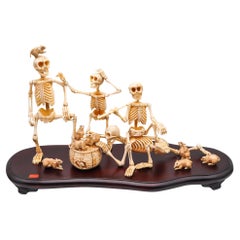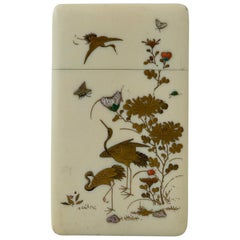
Japanese Shibayama card case, signed Joho, c. 1890. Meiji Period.
View Similar Items
Want more images or videos?
Request additional images or videos from the seller
1 of 9
Japanese Shibayama card case, signed Joho, c. 1890. Meiji Period.
About the Item
- Dimensions:Height: 3.15 in (8 cm)Width: 1.78 in (4.5 cm)Depth: 0.24 in (6 mm)
- Style:Meiji (Of the Period)
- Materials and Techniques:
- Place of Origin:
- Period:
- Date of Manufacture:c.1890
- Condition:Wear consistent with age and use.
- Seller Location:Gargrave, GB
- Reference Number:1stDibs: LU4397118781452
About the Seller
5.0
Vetted Seller
These experienced sellers undergo a comprehensive evaluation by our team of in-house experts.
Established in 1982
1stDibs seller since 2019
43 sales on 1stDibs
Typical response time: 1 hour
More From This SellerView All
- Imari porcelain Carp dish, Arita, Japan, c. 1890, Meiji Period.By AritaLocated in Gargrave, North YorkshireJapanese Imari porcelain Carp dish, Arita, c. 1890, Meiji Period. The canted rectangular dish, moulded to the centre with a large carp, in low relief, hand painted in typical Imari c...Category
Antique 1890s Japanese Meiji Ceramics
MaterialsPorcelain
- Kutani porcelain cat, Japan, c. 1900, Meiji Period.By Kutani StudioLocated in Gargrave, North YorkshireKutani porcelain okimono of a cat, c. 1900. Meiji Period. £490.00 Kutani porcelain okimono, Japan, c. 1900. Meiji Period. Finely modelled as a sleeping cat, its hair delineated in g...Category
Antique 1890s Japanese Meiji Ceramics
MaterialsPorcelain
- Kutani porcelain Green Pheasant, Japan, Meiji Period.By Kutani StudioLocated in Gargrave, North YorkshireKutani porcelain okimono of a Japanese Green Pheasant, Japan, Meiji Period. The pheasant modelled, perched upon a large gnarled branch. Decorated in typically vibrant enamels, and he...Category
Antique Early 1900s Japanese Meiji Ceramics
MaterialsPorcelain
- Imari porcelain gourd shape, Arita, Japan, Meiji Period.By Imari PorcelainLocated in Gargrave, North YorkshireImari porcelain gourd shaped dish, Arita, Japan, c. 1890, Meiji Period. The unusual gourd shaped dish, hand painted in typical Imari colours, with panels of birds flying amongst plan...Category
Antique 1880s Japanese Meiji Porcelain
MaterialsPorcelain
- Imari ‘Black Ship’ bowl and cover, Japan, Meiji Period.By Imari PorcelainLocated in Gargrave, North YorkshireA Japanese Imari porcelain ‘Black Ship’ bowl and cover, Meiji Period. The bowl hand painted to one side with a large sailing ship with Dutch flags, whilst t...Category
Antique 19th Century Japanese Meiji Ceramics
MaterialsPorcelain
- Sumidagawa pottery Monkeys vase, Ban-Ni, Japan, Meiji Period.By Sumida GawaLocated in Gargrave, North YorkshireSumidagawa ‘Monkeys’ vase, Ban-Ni, Japan, c. 1890, Meiji Period. £1,350.00 Sumidagawa pottery vase, signed Ban-Ni, Japan, c. 1890, Meiji Period. The large vase, sculpted with an amu...Category
Antique 1890s Japanese Meiji Ceramics
MaterialsPottery
You May Also Like
- Japan 1890 Meiji Shibayama Round Urn in Gilded Wood and Sterling SilverLocated in Miami, FLShibayama urm from the Japan meiji (1858-1912) period. Gorgeous piece of art, created in the imperial Japan during the Meiji period, circa 1890. This is a little urn with a lid crafted in gilded wood, shibayama panels and sterling silver. Composed by a four footed round vase with two sterling silver handles in the shape of trees and the lid on top accented with the figure of a crab in sterling silver. The gilded wood is decorated with flowers, sea patterns and the imperial flower...Category
Antique 1890s Japanese Meiji Antiquities
MaterialsMulti-gemstone, Gold, Silver, Sterling Silver, Gold Leaf
$5,588 Sale Price / set20% Off - Carved and Inlaid Shibayama Folding Screen, Japan, Meiji Era, circa 1890Located in VÉZELAY, FRFolding creen with 2 panels in carved, inlaid and lacquered wood. The upper and lower parts are carved with birds and foliage / leaves. The central panels are inlaid on the front...Category
Antique 1890s Japanese Meiji Screens and Room Dividers
MaterialsWood
$1,223 Sale Price20% Off - Japan 1890 Meiji Period Signed Assembling of Okimono with a Group of SkeletonsLocated in Miami, FLA signed Okimono from the Japanese Meiji period (1868-1912). Very rare, unusual and large sculptural assembling of a dysplaying piece of okimono. Created in Japan during the imperial period of the Meiji (1868-1912). This extraordinary piece okimono sculpture depict a group of four intricately and realistically rendered carousing males skeletons representations (Gaikotsu) standing in several position. One skeleton is crouched down playing with mouses in the floor. The second is seated resting in the other's back, peacefully smoking opium. The others two are fully standing in interacting position. The entire composition is arranged freely displayed on the wood base including a woven basket, apparently with food and four playfull mouses. There are an extra five mouses in different positions, freely playing around, all of them with the eyes accented with carved black ebony. The composition is displayed on a four-legged free form carved wood platform with an inlaid red plaque engraved with the artist's signature. The level of detail and the quality of the carving is truly exceptional. Has an exact measurements of 216.15 mm by 139.7 mm by 359.41 mm (8.51 x 5.5 x 14.15 Inches). After an extensive collection of data, comparables and references to this piece, we have only been able to find only three okimono sculptures like this, with similar themes and the same quality of work. References Note: A similar carving of four skeletons playing an animated game of dominos, signed Shutaro in an inlaid rectangular red plaque, was sold in London by Christie’s South Kensington in October 14 2014, Lot 120 Sale 5546. References Note: A similar carving with four skeletons in an otherwise typical victorian scene of a photographer and three sitters signed Shutaro in an inlaid rectangular red plaque, was sold in Edinburgh at Lyon & Turnbull in November 7, 2018. References Note: A similar carving with five skeletons seated, playing cards and drinking, was sold in London by John Nicholson Fine Art on September 26, 2018. Meiji period, is an era of Japanese history that extended from October 23, 1868 to July 30, 1912.The Meiji era was the first half of the Empire of Japan, when the Japanese people moved from being an isolated feudal society at risk of colonization by Western powers to the new paradigm of a modern, industrialized nation state and emergent great power, influenced by Western scientific, technological, philosophical, political, legal, and aesthetic ideas. As a result of such wholesale adoption of radically different ideas, the changes to Japan were profound, and affected its social structure, internal politics, economy, military, and foreign relations. The period corresponded to the reign of Emperor Meiji. It was preceded by the Keio era and was succeeded by the Taisho era, upon the accession of Emperor Taisho. Okimono, is a Japanese term meaning for display an ornament; art object; or decorative object, usually displayed in a tokonoma or butsudan "Buddhist altar". It is an ornament or figure, especially one placed in a guest room. An okimono may be a small Japanese carving...Category
Antique 1890s Japanese Meiji Sculptures and Carvings
MaterialsWood
- Antique Japanese Medicine "Kanban" 'Shop Sign', Late Meiji PeriodLocated in Point Richmond, CAAntique Japanese Medicine "Kanban" (Shop Sign) with mirror, Meiji Period. The Medicine being advertised is a soothing cream used to relieve itchin...Category
Early 20th Century Japanese Meiji Paintings and Screens
MaterialsWood, Lacquer
- Japanese Meiji Period ChargersLocated in Miami, FLA stunning collection of six (priced individually) Meiji period petal shaped Imari plates in the very best of condition. With an overall floral decoration in blue, orange and green c...Category
20th Century Japanese Meiji Porcelain
MaterialsPorcelain
$240 Sale Price / item31% Off - Japan 1890 Meiji Period Ebisu Sculpture in Wood Carving of an Old FishermanLocated in Miami, FLAn extremely well detailed wood carving of Ebisu, as a fisherman. Beautiful and well detailed sculpture, created in Japan during the Meiji dynastic period (1868-1912) back in the 1890's. This piece represent the god of good fortune Ebisu. Was exceptionally carved and executed from one solid single piece of rose wood, showing a gorgeous face expression, with intricate details in the hands and feets, he's carrying as usual a rod and a fish. Ebisu (yebisu), ???, god of fortune, the ocean and fisherman. In the japanese mythology is one of the seven gods of luck, sichi-fuku-jin, the patron of the fisherman and tradesmen. he is depicted as a bearded, smiling fisherman with formal long court ropes, often carrying a rod in one hand and a tai, symbolic fish of the good luck, in the other. The height is 14.25 inches (36.20 cm) and the base measurements is 6.5 by 6.45 inches (16.5 x 16.38 cm). Meiji period, is an era of Japanese history that extended from October 23, 1868 to July 30, 1912.The Meiji era was the first half of the Empire of Japan, when the Japanese people moved from being an isolated feudal society at risk of colonization by Western powers to the new paradigm of a modern, industrialized nation state and emergent great power, influenced by Western scientific, technological, philosophical, political, legal, and aesthetic ideas. As a result of such wholesale adoption of radically different ideas, the changes to Japan were profound, and affected its social structure, internal politics, economy, military, and foreign...Category
Antique 1890s Japanese Meiji Sculptures and Carvings
MaterialsWood
$1,320 Sale Price20% Off
Recently Viewed
View AllMore Ways To Browse
Hardstone Inlay
Hardstone Flower
Asian Crane Panel Art
Hardstone Panel
Japanese 6 Panel
Japanese Crane Panel
4 Panel Japanese Art
Japanese Inlaid Panels
Japanese Shibayama
Shibayama Japan
Antique Shibayama
Antique Japanese Shibayama
Shibayama Meiji
Shibayama Lacquer
8 Panel Gilted And Lacquer
Shibayama Panel
4 Panel Crane Art
Antique Asian Folk Art
